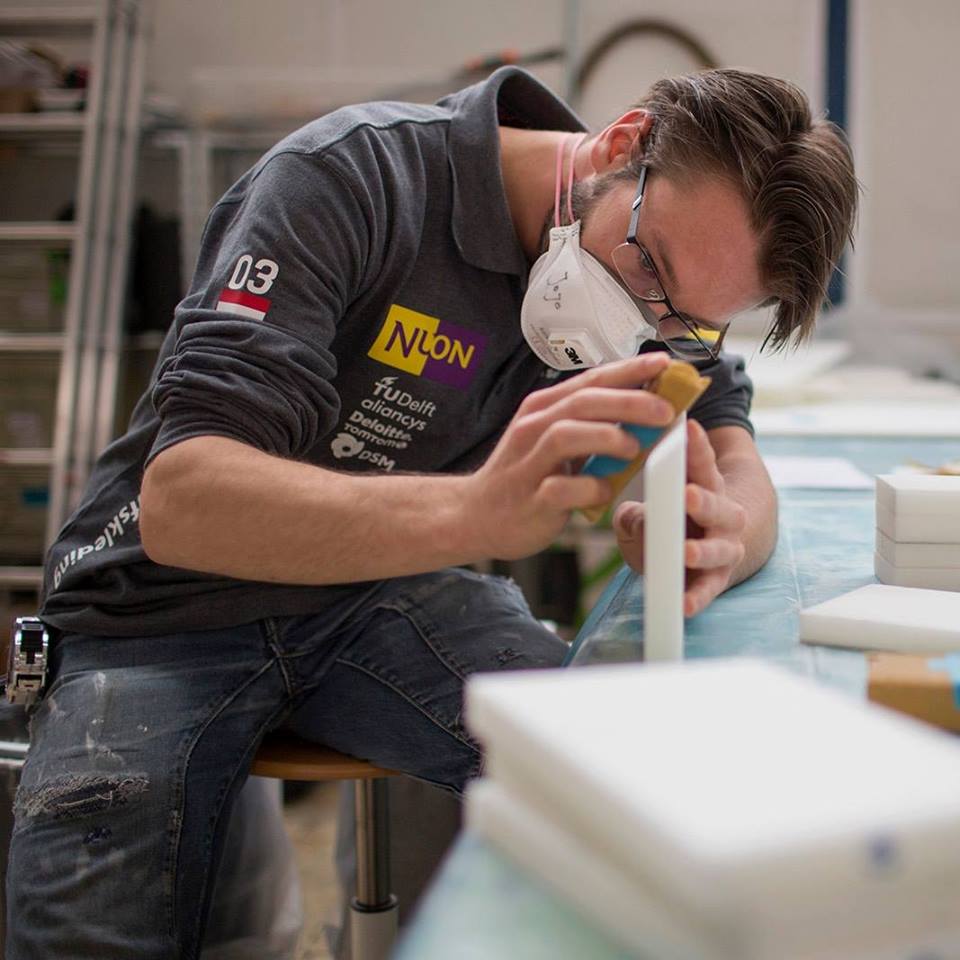Building the Nuna 9
During my minor in Sustainable Technology, I had the privilege of contributing to the development of the Nuna 9 solar car as part of the Nuon Solar Team. This project, an iconic challenge in sustainable engineering, culminated in the participation of Nuna 9 in the 2017 Bridgestone World Solar Challenge—a 3,000 km solar-powered race across Australia.
My role in the Nuna 9 project involved a 3-month internship in collaboration with a diverse team of engineers and students from the Delft University of Technology. The focus of our efforts was on manufacturing composite components, which included advanced processes such as carbon fiber lamination, foam shaping, and vacuum testing. My contributions were integral to the production team based in Zwolle, where I worked alongside other students to fabricate critical structural components for the vehicle, ensuring that the solar car met its stringent design, strength, and lightweight requirements.
Key activities included the preparation and vacuum testing of molds, cutting and assembling carbon fiber layers, and meticulously shaping foam cores used in the car’s undershell and topshell. I also had the opportunity to work on specialized components, such as inserts and impact-resistant wheel covers, using cutting-edge materials and techniques. This experience gave me insight into advanced composite manufacturing and the importance of precision in building high-performance, lightweight vehicles.
One of the highlights of the project was the race itself. Nuna 9 faced stringent regulatory requirements, such as a reduced solar panel surface area and enhanced safety measures. Despite these challenges, the car’s optimized aerodynamic design, lightweight construction, and energy-efficient systems allowed it to perform excellently during the competition.
My experience with the Nuna 9 project not only honed my technical skills in sustainable technology and engineering but also deepened my understanding of teamwork, innovation, and the practical application of cutting-edge technology to create impactful solutions in the field of renewable energy. This hands-on involvement in such a prestigious international competition remains one of the most valuable experiences in my academic and professional journey.

